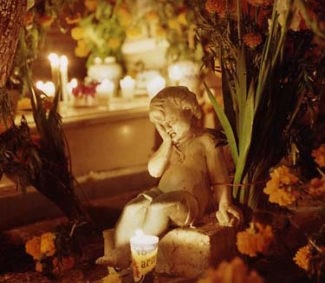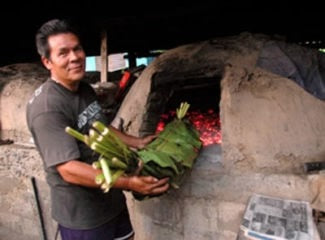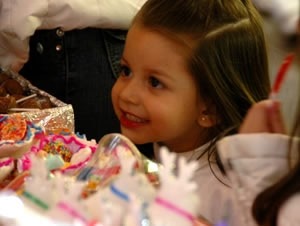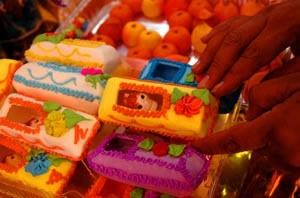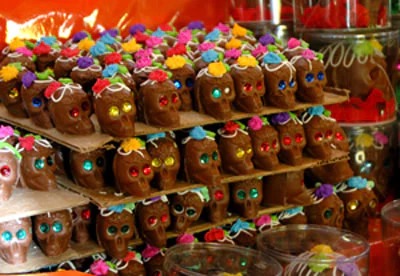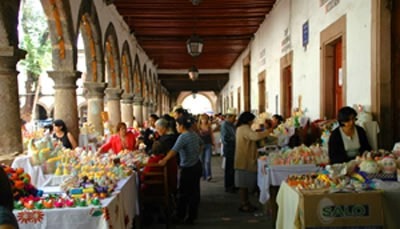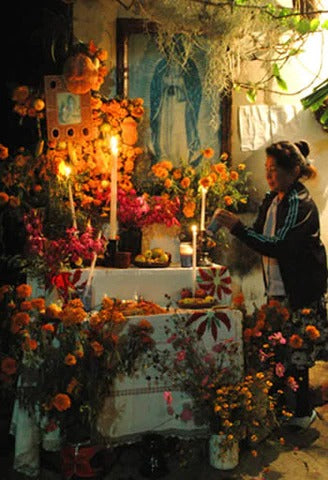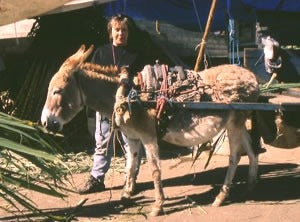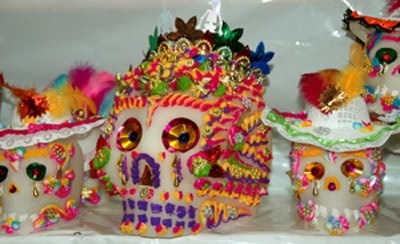Day of the Dead is an interesting holiday celebrated in central and southern Mexico during the chilly days of November 1 & 2. Even though this coincides with the Catholic holiday called All Soul’s & All Saint’s Day, indigenous peoples descending from the Aztec, Huastecos, Zapotecs, Mixtecs, Mixes, Chinantecos, Purépecha, Mexica, Otomi and Mayans were forced to adopt Catholicism and give up their multitheistic religious beliefs. Catholic priests believed they would have more success in converting the Indigenous if they could keep their cultural pagan customs and apply Biblical stories, saint's names and a monotheistic God to what the people were already believing. Hopes were to convert slowly over several generations and this would create a less combative relationship between the missionaries and the indigenous populations. The indigenous indian groups all had similar but regionally unique ways to honor their ancestors. They had death rituals, burial ceremonies, beliefs about the afterlife and beliefs that souls could return from the dead at prescribed times to commune with the living. Many Pre-Conquest indigenous traditions called for feasting, building altars, drums & chanting, offerings to the dead and story telling. The Aztecs in 600 AD - 1400 AD lived with a 13 month calendar (each month had 20 days) where the 10th month was totally devoted to honoring the dead.
It's difficult to lump all indigenous groups into the same pre-Conquest traditions, but many believed in 7-9 layers of underworld where the soul of the deceased would travel a lengthy journey to eternity. Archeological burial sites show important men buried with objects to assist in a successful journey - buried with jars of food, grain, drink, weapons, even live dogs for protection and some had their live wives buried with them for consort. The symbol of this multi-layered underworld was exemplified in the design of the post-Conquest ofrendas. Even today, a home table ofrenda might have many
They believe that the gates of heaven are opened at midnight on October 31, and the spirits of all deceased children (angelitos) are allowed to reunite with their families for 24 hours. On November 2, the spirits of the adults come down to enjoy the festivities that are prepared for them.
In most Indian villages, beautiful altars (ofrendas) are made in each home. They are decorated with candles, buckets of flowers (wild marigolds called cempasuchil & bright red cock’s combs) mounds of fruit, peanuts, plates of turkey mole, stacks of tortillas and big Day of the Dead breads called pan demuerto. The altar needs to have lots of food, bottles of soda, hot cocoa and water for the weary spirits. Toys and candies are left for the angelitos, and on Nov. 2, cigarettes and shots of mezcal are offered to the adult spirits. Little folk art skeletons and sugar skulls, purchased at open-air markets, provide the final touches.
Day of the Dead is a very expensive holiday for these self-sufficient, rural based, indigenous families. Many spend over two month’s income to honor their dead relatives. They believe that happy spirits will provide protection, good luck and wisdom to their families. Ofrenda building keeps the family close.
On the afternoon of Nov. 2, the festivities are taken to the cemetery. People clean tombs, play cards, listen to the village band and reminisce about their loved ones. Tradition keeps the village close. Day of the Dead is becoming very popular in the U.S. ~ perhaps because we don’t have a way to celebrate and honor our dead, or maybe it’s because of our fascination with it’s mysticism.
Ofrenda Checklist & Day of the Dead Information Sheet
We offer free, down-loadable information sheets on Day of the Dead and how to make a home altar (ofrenda). Feel free to print them and distribute them to your school, restaurant, class, museum event, party or church. Day of the Dead is frequently misunderstood and we’d like to educate anyone about what a meaningful and beautiful holiday this is.


